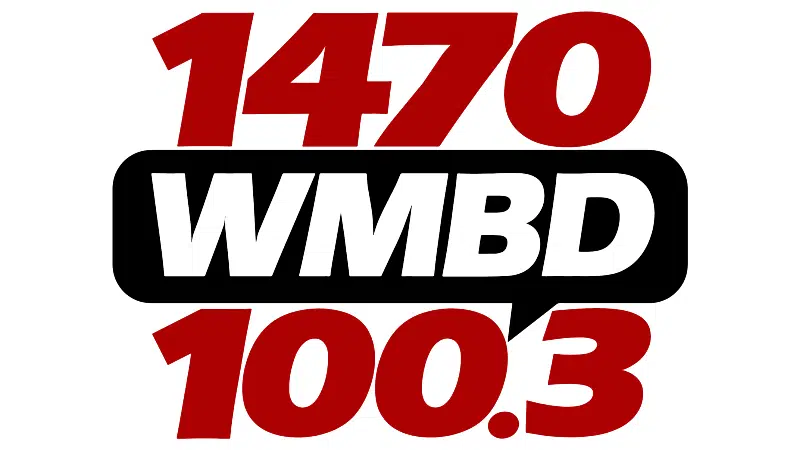By Nupur Anand
NEW YORK (Reuters) – U.S. borrowers on lower incomes are increasingly struggling to keep up with their loan payments, according to recent data and bank executives, prompting banks to become more cautious about dishing out credit cards and car loans.
A growing number of Americans have seen their savings dwindle as rising prices squeeze budgets while interest rates stay high, bankers and economists said. The deterioration in household finances for those earning less than $45,000 contrasts with financial resilience among those on higher incomes.
Austan Goolsbee, Chicago Federal Reserve Bank President, said on Friday that consumer delinquencies were one of the most concerning economic data points at the moment.
“If the delinquency rate of consumer loans starts rising, that is often a leading indicator things are about to get worse,” he said.
First-time and low-income borrowers are experiencing higher default rates on their loans than people with larger incomes, said Arijit Roy, who runs the consumer business at U.S. Bancorp.
At Bank of America, net charge-offs, or debts that are unlikely to be recovered, rose to $1.5 billion in the first quarter from $807 million a year earlier, mainly from credit cards, the bank reported on Tuesday. Rival JPMorgan Chase’s said its charge-offs nearly doubled to $2 billion in the same quarter, while they also increased at Citigroup and Wells Fargo.
Bank of America is seeing “cracks” in the finances of borrowers with below-prime credit scores whose household spending is affected by higher interest rates and inflation, Chief Financial Officer Alastair Borthwick told analysts on an earnings call.
But its customers typically have higher credit scores, and their finances are holding up well, he added.
Capital One, Old National Bank, and First Mortgage Direct are among the banks who serve more subprime customers with credit scores in the roughly 300 to 600 range, according to BankRate.
The lenders did not immediately respond to a request seeking comment.
While lenders earn money from interest payments, they seek to avoid situations in which customers fall so far behind on loans that they have to be written off.
“Banks are trying to come up with early-warning signals for customers about their bill payments, offering debt counseling and educating the customers more so that they can stay on track,” said Tom Dent, senior vice president at the Consumer Bankers Association, an industry group.
LENDING CAUTION
The burgeoning strains have prompted lenders to become more wary.
“During situations like these, many banks adopt a cautious outlook and begin to optimize their balance sheets by utilizing pricing strategies,” Roy said.
Loan volumes declined, and credit standards tightened further as banks raised borrowing costs in March, according to a survey from Federal Reserve Bank of Dallas. The poll focused on lenders headquartered in Dallas, Texas, but typically follows national trends.
Loan officers polled separately by the Federal Reserve also said they were tightening lending standards, including for credit cards and auto loans, according to a quarterly survey in January. A significant number of banks expected standards for credit cards to become even tougher.
The pullback signals loan growth – a key source of income – will be muted for conservative lenders, executives said.
Meanwhile, recent economic data have bolstered expectations that the Fed will not cut interest rates until September. The elevated borrowing costs could further exacerbate strains for stretched borrowers.
But banking giants said most consumers were in good shape.
JPMorgan CEO Jamie Dimon told analysts this month that Americans were still spending, although he noted those on lower incomes had largely used up their excess money.
“We are okay right now,” Dimon said. “It does not mean we’re okay down the road.”
DIVERGENT CONSUMERS
Credit cards were the most notable area of weakness, while defaults on buy-now, pay-later loans were also rising, said Mark Zandi, chief economist at Moody’s Analytics.
“It is a tale of two consumers,” he said. “Back in the financial crisis, people were defaulting primarily on their mortgages but now it’s credit cards that are unsecured and have the highest rate of interest.”
Still, credit card and auto delinquency rates appear to be peaking, Moody’s said in a report earlier this month.
U.S. household debt has surged to an all-time high, and Americans have been borrowing more on credit cards, with balances crossing the $1 trillion mark for the first time last year.
Pandemic stimulus programs had burnished finances for many people who got credit cards, said Brendan Coughlin, head of consumer banking at Citizens Financial.
But financial buffers have shrunk as Americans burned through stimulus payments and loan forbearance programs ended, leaving many consumers overextended.
“Credit scores were artificially inflated with increased savings and lower spending,” said Coughlin. Credit card delinquencies are a key indicator to watch because they are “a representation of people living beyond their means,” he added.
Americans saved 3.6% of their disposable income in February, down from 4.7% a year earlier, according to U.S. Bureau of Economic Analysis data.
Overall consumer delinquencies stood at 0.98% in February across loan categories including credit cards, auto loans and mortgages, according to data from VantageScore, a credit score modeling company. It highlighted that the figure has been rising over the last few months.
Consumers on low incomes, which it defines as less than $45,000 a year, had greater financial stresses, and the group of U.S. borrowers with the highest credit scores is shrinking, the data showed.
Younger Americans are also more likely to be delinquent than the over-40s, the data showed.
(Reporting by Nupur Anand in New York, editing by Lananh Nguyen and Rosalba O’Brien)






Comments